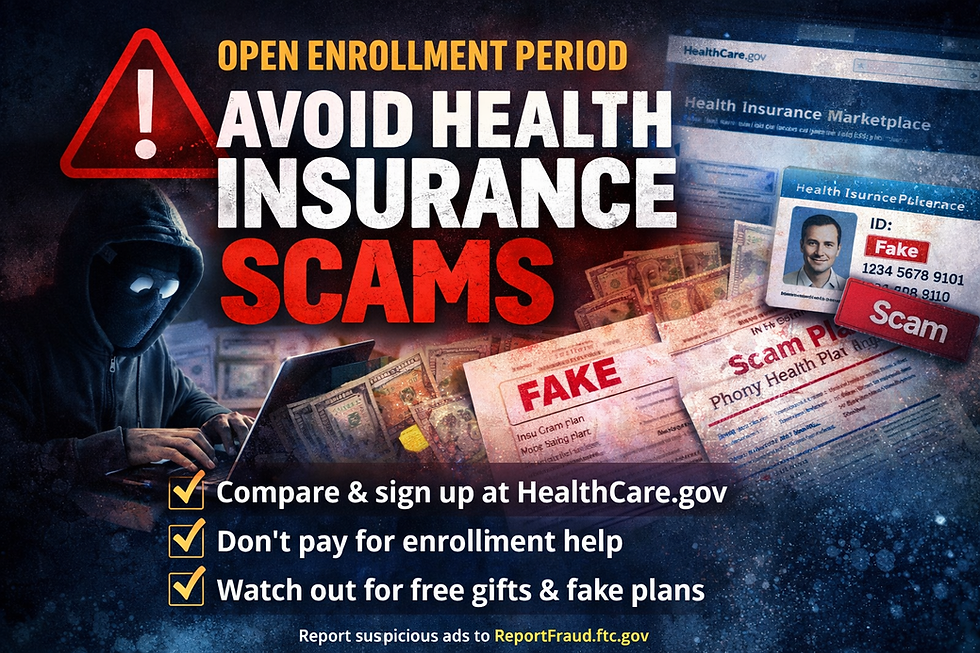Universal or selective boosters: who should get a third dose of the COVID-19 vaccine?
- Jenny Manrique
- Oct 13, 2021
- 4 min read
Updated: May 16, 2022
By Jenny Manrique
October 13, 2021

Monica Gandhi MD, MPH (left), Professor of Medicine and Associate Division Chief (Clinical Operations/ Education), the Division of HIV, Infectious Diseases, and Global Medicine, UCSF/San Francisco General Hospital; Dr. Ben Neuman (right), Chief Virologist, the Global Health Research Complex, Texas A&M University
The scientific community does not agree on booster doses in developed countries, while some nations have failed to vaccinate even half of their population.
Administering third shots of the COVID-19 vaccine has become a hotly-debated issue in recent weeks. The White House plan for the boosters to reach the entire population contradicts the guidelines of the Centers for Disease Control (CDC), which have advocated a tiered approach, prioritizing immunocompromised people and high-risk workers. Some developing countries do not have enough vaccines to reach even half of their population, while the United States and other rich nations have stored up to five doses of the vaccine for each inhabitant. Currently, only those who took the first two doses of the Pfizer vaccine are eligible for a third one. Boosters are not yet available for people who received the Moderna and Johnson & Johnson vaccines. Two scientists, who also differ on who should receive the third doses and when, explained their reasons at a briefing hosted by Ethnic Media Services.
“Based on the raw data, I would say that universal boosting, and possibly three or four doses, would be very beneficial in slowing the spread of the COVID-19 virus and bringing its end faster,” said Ben Newman, Chief virologist at the Global Health Research Complex at Texas A&M University.
According to Newman, data from the Food and Drug Administration (FDA) suggest that “no one is fully vaccinated,” and that what we currently have is evidence of waning immunity. “As time passes after vaccination, the amount of protection decreases to around 50% … After five months, the amount of protection against death remains constant at around 90%, but the virus has got faster and better at reproducing very consistently throughout the outbreak.”
The contagious Delta variant and its 11 mutations are now responsible for 99% of cases. The effectiveness of vaccines against Delta is almost the same as against other variants, although it decreases between 5% and 10% among people over 65.
“The benefit of a booster is very large regardless of age group,” Newman continued. “With a booster after the second vaccine, people end up with as much as 50 times more antibodies, so the benefits appear to be universal.”
For the virologist, public health policy should focus on ending the coronavirus through vaccination, since its fatality rate is 2%. In other words, one in 50 people who contract COVID-19 is likely to die. Although viruses such as polio and smallpox were eliminated with vaccines after many years of circulation and diversification among humans, COVID can be a greater challenge due to its mutational capacity which “will eventually be a problem much more difficult to solve than it is now.” Global equity Other scientists argue instead that the Coronavirus is endemic and impossible to eradicate. Dr. Monica Gandhi, Professor of Medicine at the UC San Francisco’s School of Medicine, explained that reducing COVID from an epidemic to an endemic, to make it manageable without burdening hospitals or other medical resources, “is what will allow a complete return to normality.” Gandhi explained that SARS-CoV-2 is impossible to eradicate due to the inherent properties of the pathogen: having reservoirs in animals, a high level of transmissibility, symptoms overlapping with other respiratory diseases, and a long period of infection, which spreads between asymptomatic and symptomatic carriers. Although the antibodies generated by vaccines are naturally going to come down with time, they “allow the rise of T cells and B cells which go into your memory, and fight viruses in a very durable way,” Gandhi said. These cells produce high levels of neutralizing antibodies and modulate protection against the severity of the disease and all variants of the virus. According to CDC data, 183 million Americans are fully vaccinated, with 4,000 deaths among them. Among the deceased, 86% were over 65, a number that according to Gandhi shows that although the effectiveness of the vaccine is not 100%, and someone can contract the asymptomatic infection after inoculation, “cases are very rare both in terms of hospitalizations and deaths.” So, who needs an additional booster? Gandhi is in favor of the “selective booster strategy” in which “definitely” immunocompromised patients, those over 65, and health workers highly exposed to the virus, are prioritized for receiving third doses. “We want to prevent Americans from getting a cold, but we let vulnerable healthcare workers die in the rest of the world, so I have a really hard time distinguishing the booster discussion from the global vaccine equity discussion,” Gandhi said. For the doctor, it is “impossible to escape the responsibilities of rich countries who have most of the vaccine supply.” Out of 6 billion doses administered in the world, only 2.2% have been given to low-income countries, while rich nations such as the United States, have stored up five doses for every inhabitant. In this regard, Newman of Texas A&M says that “it is real” that each additional dose in the US is potentially one less dose in another part of the world, but he considers that COVID should be fought like a fire: start by putting it out completely in one place, then expand the rim. “If we fight the virus here then (we should) widen the ring of protection until it covers everyone…”
The above article by Jenny Manrique is reprinted with the permission of Ethnic Media Services, one of East Palo Alto Today's media partners





Comments